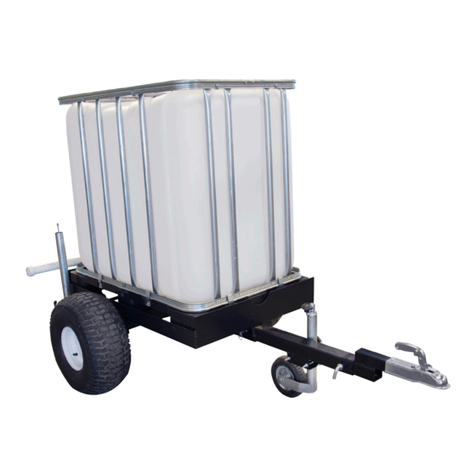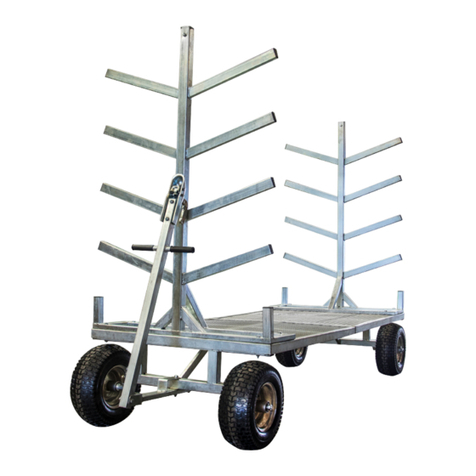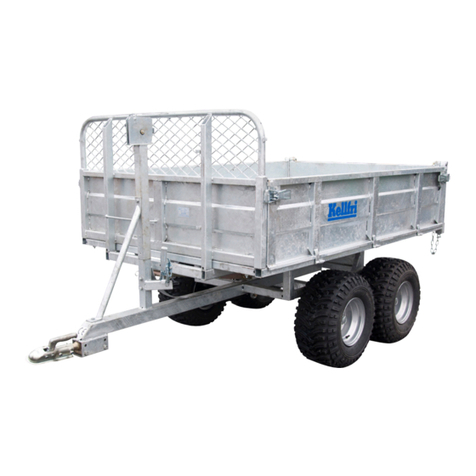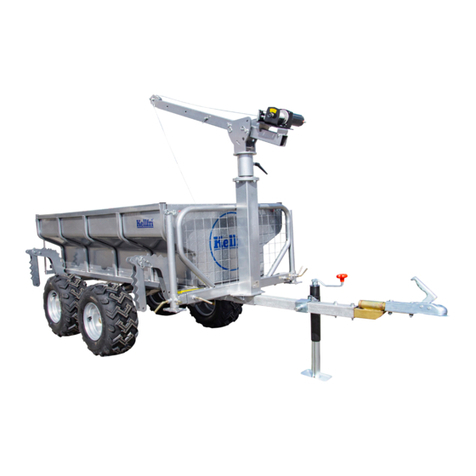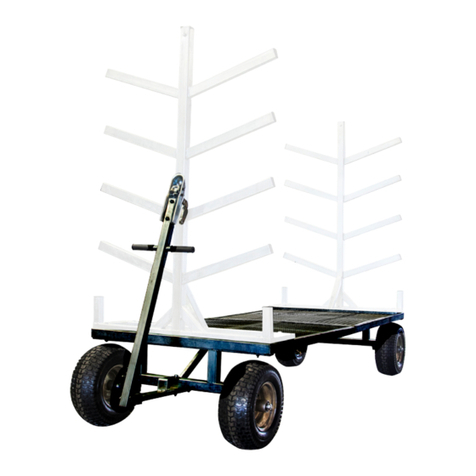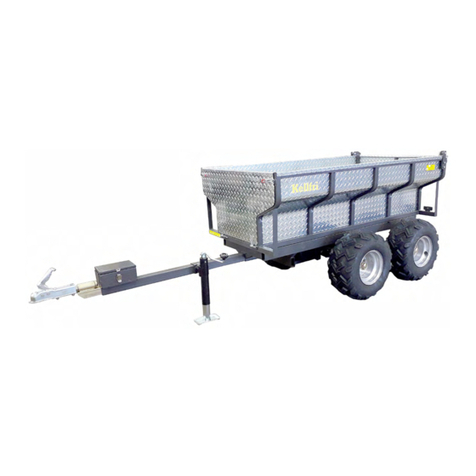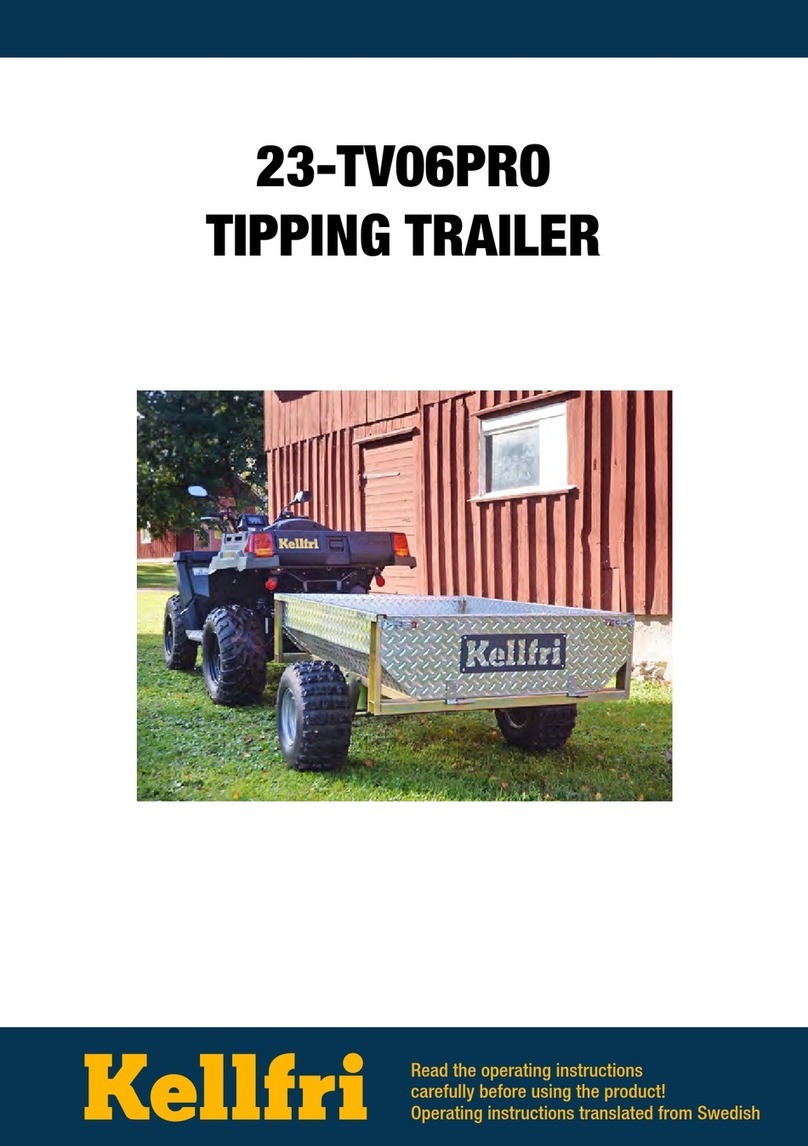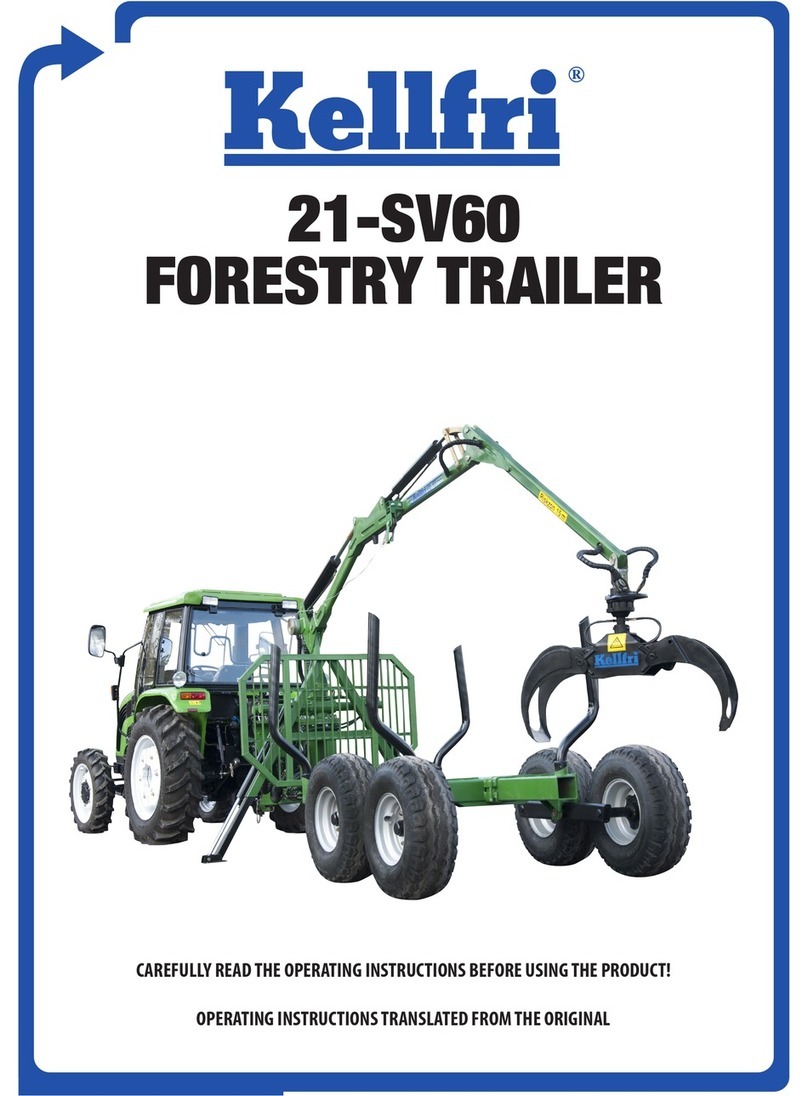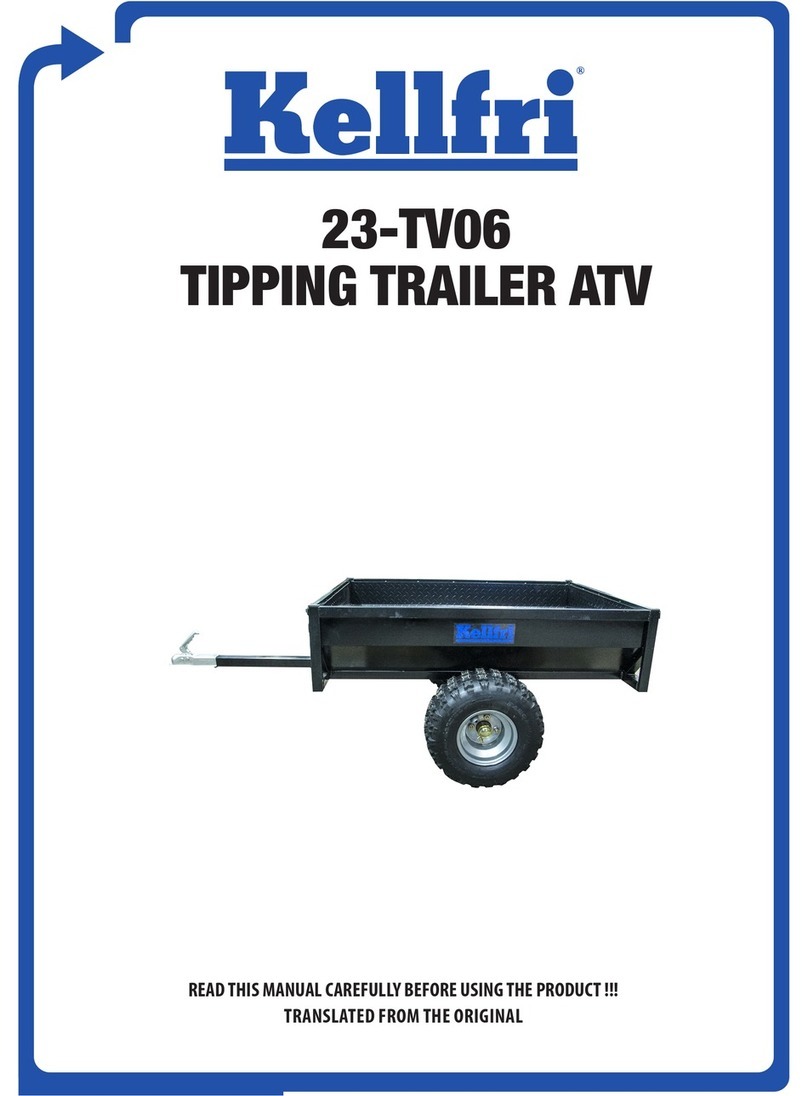
Table of contents
SAFETY INSTRUCTIONS
Before using the equipment or product, and for the safety of yourself and others, you must
read the safety instructions and instruction manual and understand their contents. Always
make the safety instructions and the instruction manual easily accessible to users of the equip-
ment or product. It is a good idea to read the safety instructions from time to time, both for
your own safety and that of others. If the safety instructions or instruction manual gets dam-
aged or in any other way cannot be used, new copies may be ordered from:
Kellfri AB, Munkatorpsgatan 6, SE-532 37 SKARA, Sweden. Tel.: +46 (0)511 242 50
The safety instructions can also be downloaded from the Kellfri website: www.kellfri.se
Do not use the equipment or product if you feel ill, tired or are under the inuence of alcohol.
Do not use the equipment or product if you are taking prescribed medication or drugs. Always
comply with general rules of the road and applicable rules stipulated by the Animal Welfare
Act. People under the age of 15 are not allowed to use the equipment.
Where the machine is used professionally, employers are responsible for ensuring that users of the
machine have theoretical and practical knowledge of the machine and that work is performed in
a safe manner. Stay informed by complying with work environment legislation, contact your local
work environment authority.
PRODUCT SAFETY INFORMATION
Compliance with the safety instructions requires that the tipping trailer is only used as de-
scribed in these instructions. It is the user’s responsibility to read through the instructions and
comply with them.
• The trailer must only be used with tractors that provide the correct towing capability.
• Never overload the tipping trailer. Always comply with applicable regulations to ensure
the permitted total weight for the vehicle is not exceeded. Never exceed the permitted
weight and braking load!
• Never leave the driver’s seat until the brakes on the towing vehicle have been engaged.
• The risk area is 15 metres. Only the operator is allowed to be within the risk area while
the tipping trailer is in use.
• Do not leave a loaded tipping trailer parked unsupervised. To stop the equipment moving,
in an emergency, engage the vehicle’s brake system.
• When unhitching the tipping trailer, it must be empty and on a level surface with the
trailer wheels secured using suitable brake blocks.
• Do not leave a loaded trailer parked unsupervised.
• The parking jack must always be used when carrying out maintenance and service.
• When tipping, the trailer must always be connected to the tractor.
• Always comply with applicable regulations when driving on public roads. An SMV sign
must be visible and mounted when travelling on public roads.
• Operators or others should not stand under suspended loads.
• Never permit children or inexperienced persons to drive the trailer.
• Never allow anyone to travel on the trailer whilst it is in motion. Never allow anyone to
climb up on the trailer whilst it is in motion.
• Always inspect the trailer before use. A damaged or worn tow bar eye and/or hitch must
not be used and should be replaced before the trailer can be used. Using a damaged or
worn tow bar eye and/or hitch may cause serious injuries or death to users and others, as
well as damaging the trailer and equipment.
• Exercise caution when working with equipment with hydraulic hoses as the oil under
pressure can penetrate skin. Immediately seek medical attention if this should occur.
• WARNING! When hitching, the trailer’s brake system must not be connected to the
towing vehicle’s hydraulic system. The trailer’s brake system must be connected to the
tractor’s brake outlet!
• Risk of crushing! Be careful when opening and closing the aps.
• Be extra careful if the trailer has to be moved with oor tipped (risk of tipping)! Use the
right speed; drive as slowly as possible to prevent accidents.
